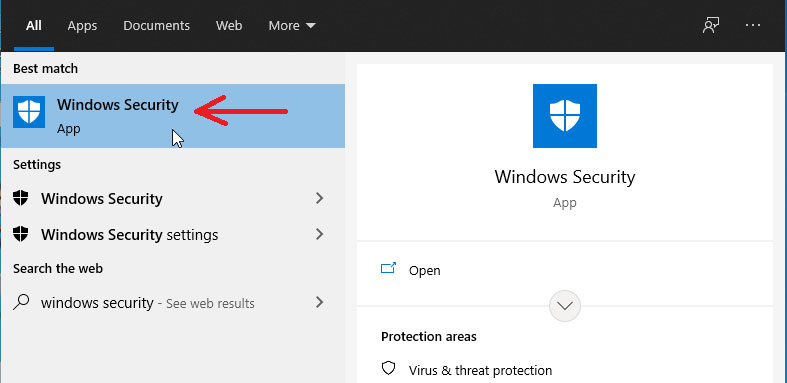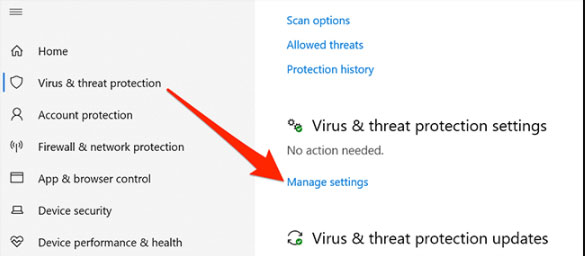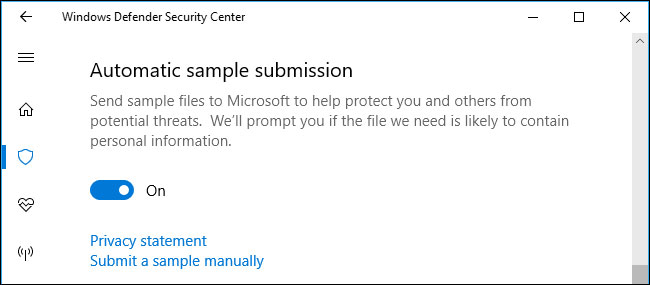Microsoft’s Windows Security, formerly known as Windows Defender, has all the necessary elements for a solid security suite, including parental control, ransomware protection, and antivirus scans. But, Windows 10 antivirus, by default, will send files that it thinks are suspicious to Microsoft using the “Automatic Sample Submission.”
But, not every user likes this feature and wants to disable it. That’s why we are here to with a new article to explain the steps to stop Windows Security from sending files to Microsoft. So, now let’s jump into the methods to stop this feature.
Also Read- Unblock Adobe Flash Player on Windows 11
Steps to Stop Windows Security From Sending Files to Microsoft
Sometimes, it becomes very necessary to disable this feature because it might be possible that Windows Security will consider your personal files as a threat or suspicious and send it to Microsoft. So, in case you are not familiar with the steps to stop it sending your file, follow the steps given:
- To start the process, open the Windows Start menu, type in Windows Security in the search bar, and open it.
- Now, once the Windows Security window appears, simply click on the Viru & Threat Protection.
- After that, navigate through it and locate the Virus & threat protection settings section. Then, select the Manage settings option.
- That’s it. Now, locate and click on the Automatic sample submission option to toggle it to the On/Off position as per your need.
So, these were some steps to disable the automatic sample submission feature. But, you can still send it using the Submit a sample manually button in case you think any file is a potential threat to your PC.
But, yeah! There is a most crucial thing that you must keep in your mind. You need to disable this option within the particular antivirus app (in case you are using an antivirus other than Windows Security). The method, as mentioned earlier will not work on third-party antivirus software.
So, that’s it for this guide. We hope this guide helped you. If so, then give us your valuable feedback in the comment box down below.






